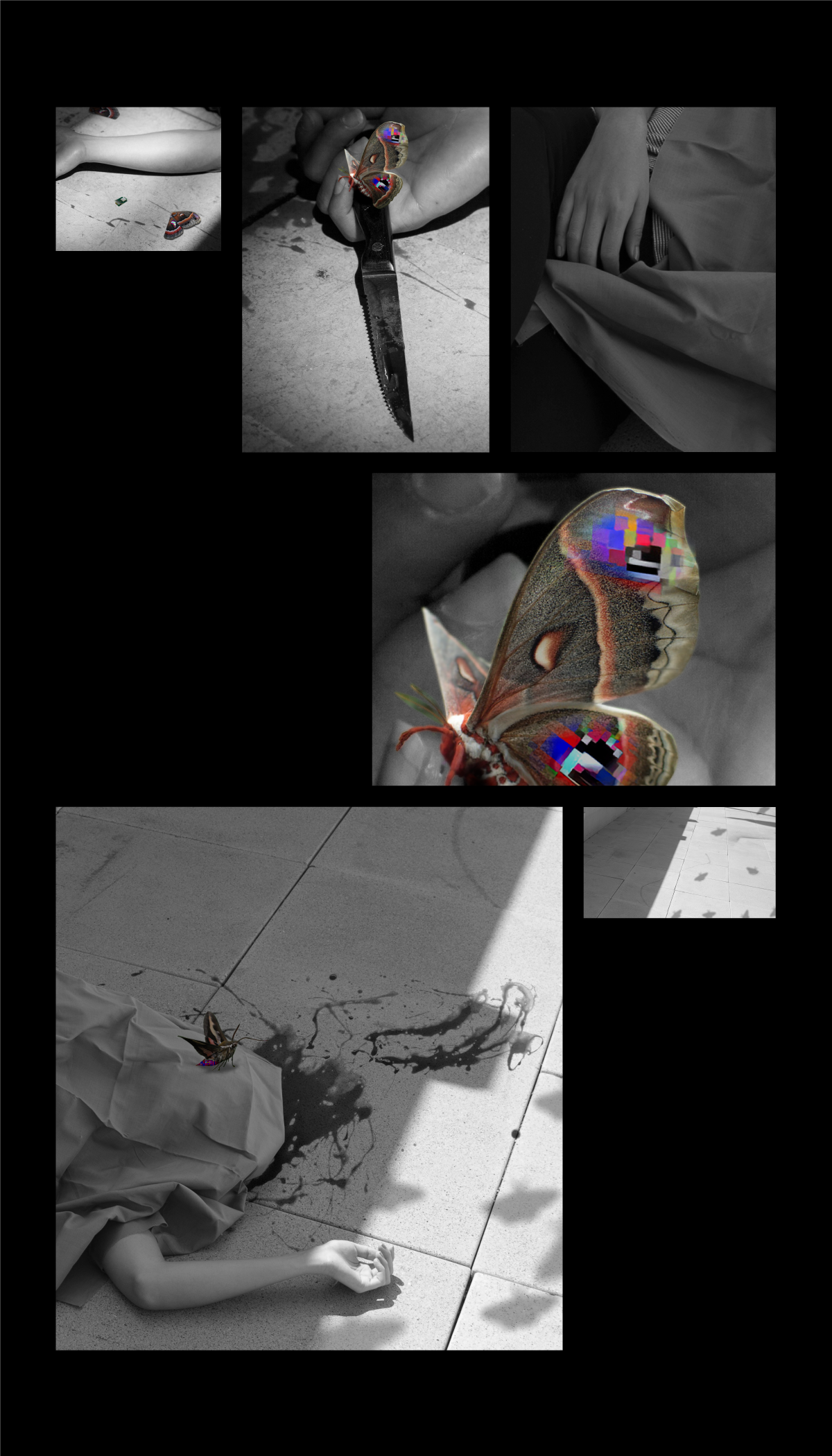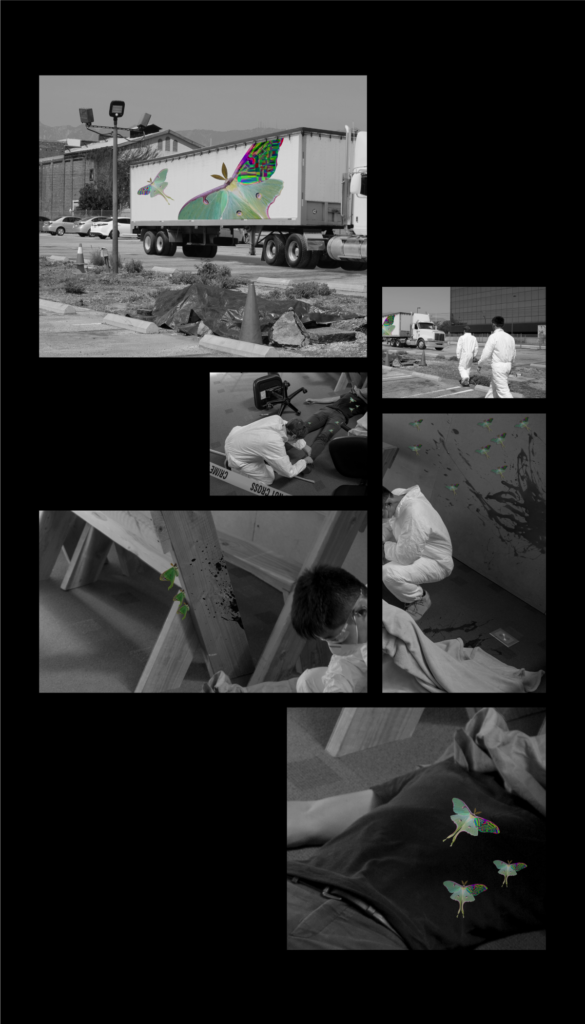Yeawon Kim
Graduate student
Media Design Practices
Art Center College of Design
Crime prediction technology – we have all seen it in the movies, but what has in the past been pure fiction is now quickly becoming a reality. Predpol, HunchLab and ComStat are different types of relatively new crime prediction software, or “predicative policing” software, that demonstrate how algorithms and other technologies can be used within urban infrastructures to predict crime. However, utilizing these technologies and algorithms to collect data to predict crime, which is invariably subject to and tainted by human perception and use, can lead to a number of adverse ethical consequences – such as the amplification of existing biases against certain types of individuals based on race, gender or otherwise. On the other hand, if data can be gathered by some artificial intelligence (AI) means – thereby removing the human component from such data collection, can doing so result in more efficient and accurate crime prediction? Furthermore, will we in doing so also reshape the aesthetic of urban landscapes, especially when one takes into account the constant evolution of AI?
Insectile Indices is therefore a speculative design project that considers how electronically augmented insects could be trained to act as sophisticated data sensors, working in groups, as part of a neighborhood crime predicative policing initiative in the city of Los Angeles, 2027. This project is not only an investigation into the ethics of this controversial idea, but an aesthetic exploration into the deliberate alteration to a natural wildlife ecosystem of insects and the potential reshaping of an urban landscape.
In 2007, the Defense Advanced Research Projects Agency (DARPA) asked American scientists to submit proposals to develop technology to create insect-cyborgs, the results of which led to a plethora of troubling and worrisome commentary. Rather than build off of a frightening narrative that discusses the potential sinister militaristic use of such technology, this project does the opposite and imagines instead an aesthetically pleasing utopia where these insect-cyborgs have social utility and work towards the public good of humanity. Insectile indices also plays with the idea of aesthetics in our future techno-driven world by addressing whether we are more apt to silently “turn the other cheek” to more pervasive surveillance if these insect-cyborgs, or the urban landscapes they have the potential to reshape, become more aesthetically pleasing to the eye.
In this session, I plan to share the process of researching and creating the visual representation of this speculative fiction.
This research was presented at the Design Incubation Colloquium 4.2: CAA 2018 Conference Los Angeles on February 24, 2018.

